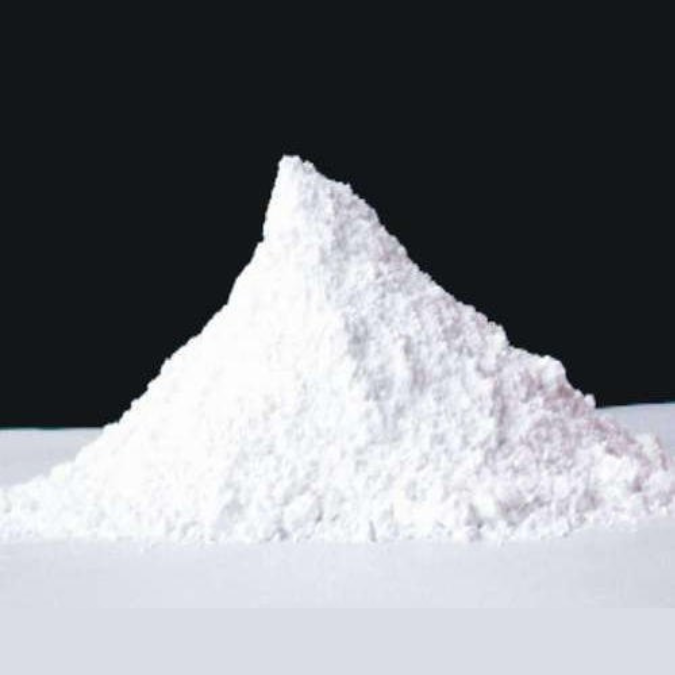Calcite Powder in Rubber Industries: Applications and Benefits
Calcite powder (calcium carbonate) is a versatile filler material that plays a crucial role in rubber manufacturing. As one of the most widely used mineral fillers in the rubber industry, calcite powder offers numerous benefits including cost reduction, improved processing characteristics, and enhanced physical properties of rubber compounds.

Why Use Calcite Powder in Rubber Applications?
- Cost Effective: Reduces compound costs significantly
- Enhanced Properties: Improves mechanical characteristics
- Processing Benefits: Better mixing and dispersion
- Versatile: Suitable for various rubber types
- Consistent Quality: Reliable performance batch-to-batch
Why Use Calcite Powder in Rubber Applications?
Cost Effective
Significant cost reduction compared to rubber polymers
Processing Aid
Improves mixing and processing characteristics
Performance Enhancement
Enhances physical and mechanical properties
Key Benefits of Calcite Powder in Rubber
1. Cost Optimization
Calcite powder is significantly more economical than rubber polymers, making it an excellent choice for reducing material costs while maintaining product quality. It can replace up to 30-50% of the rubber content in many applications.
2. Improved Processing
- Better Mixing: Facilitates uniform dispersion of other ingredients
- Reduced Viscosity: Improves flow characteristics during processing
- Faster Processing: Reduces mixing and processing time
- Lower Energy Consumption: Requires less energy for mixing and processing
3. Enhanced Physical Properties
| Property | Effect of Calcite Powder |
|---|---|
| Tensile Strength | Maintains or slightly improves |
| Elongation | May reduce slightly but within acceptable limits |
| Hardness | Increases hardness and stiffness |
| Compression Set | Improves compression set resistance |
| Heat Resistance | Enhances thermal stability |
| Weather Resistance | Improves UV and weather resistance |
Applications in Rubber Industries
Automotive Rubber Components
- Tire Manufacturing: Used in tire sidewalls and tread compounds
- Seals and Gaskets: Improves dimensional stability and compression set
- Hoses and Belts: Enhances durability and flexibility
- Vibration Dampers: Provides cost-effective damping properties
Industrial Rubber Products
- Conveyor Belts: Improves wear resistance and reduces costs
- Rubber Sheets: Enhances surface finish and dimensional stability
- Molded Parts: Provides consistent properties and cost savings
- Rubber Flooring: Improves durability and slip resistance
Consumer Rubber Goods
- Footwear: Used in sole compounds for cost optimization
- Sports Equipment: Enhances performance characteristics
- Household Items: Improves durability and reduces costs
- Toys and Games: Safe, non-toxic filler for children's products
Optimal Usage Guidelines
Particle Size Selection
| Application | Recommended Particle Size | Benefits |
|---|---|---|
| High Performance Rubber | 2-5 microns | Better reinforcement, improved properties |
| General Purpose Rubber | 5-15 microns | Good balance of properties and cost |
| Cost-Sensitive Applications | 15-25 microns | Maximum cost savings |
Loading Levels
- Light Loading (10-20 phr): Minimal impact on properties, slight cost reduction
- Medium Loading (20-40 phr): Good balance of cost and performance
- Heavy Loading (40-60 phr): Maximum cost savings, some property trade-offs
Quality Considerations
Key Quality Parameters
- Purity: High calcium carbonate content (>98%)
- Brightness: Consistent whiteness for colored applications
- Particle Size Distribution: Narrow distribution for consistent properties
- Moisture Content: Low moisture (<0.5%) to prevent processing issues
- pH Value: Neutral pH (8-9) for compatibility
Surface Treatment Options
For enhanced performance, calcite powder can be surface-treated with:
- Stearic Acid: Improves dispersion and processing
- Silane Coupling Agents: Enhances reinforcement properties
- Fatty Acid Coating: Reduces moisture absorption
Processing Recommendations
Mixing Guidelines
- Add calcite powder gradually during the mixing process
- Ensure proper dispersion to avoid agglomeration
- Monitor temperature to prevent scorching
- Use appropriate mixing equipment for uniform distribution
Storage and Handling
- Store in dry, well-ventilated areas
- Protect from moisture and contamination
- Use first-in, first-out inventory management
- Handle with appropriate safety equipment
Environmental and Safety Benefits
- Non-toxic: Safe for workers and end-users
- Biodegradable: Environmentally friendly disposal
- Low Dust Generation: Improved workplace safety
- Recyclable: Can be incorporated into recycling programs
Ready to Optimize Your Rubber Formulations?
Contact Shikhar Microns for expert guidance on calcite powder applications in rubber industries